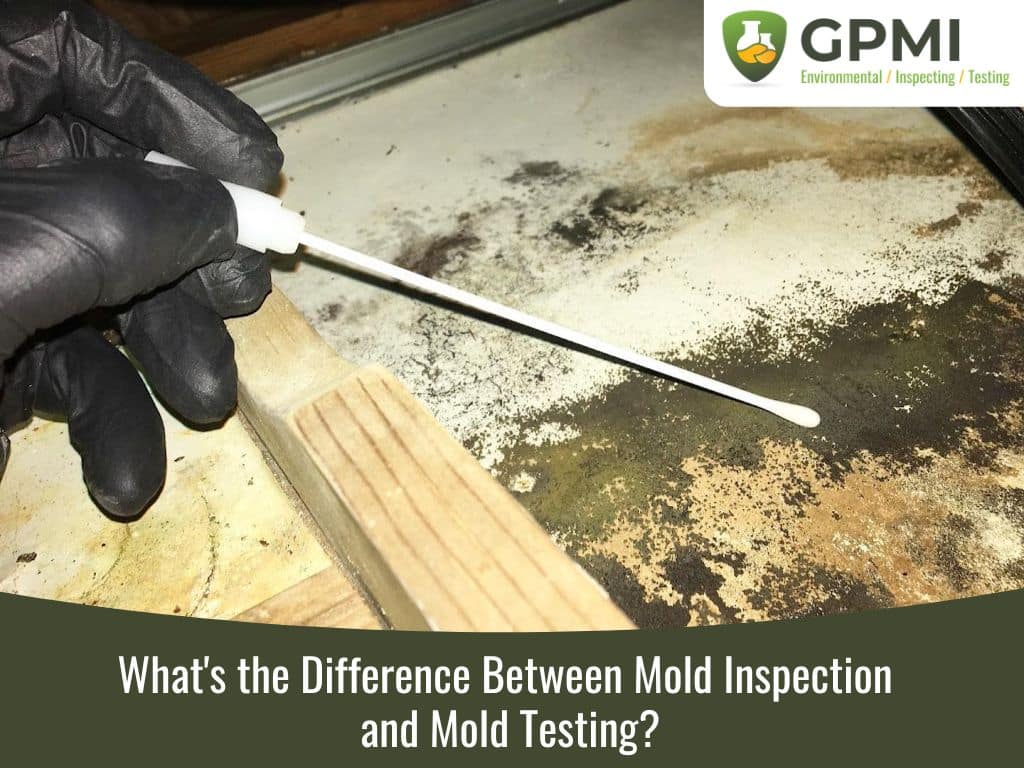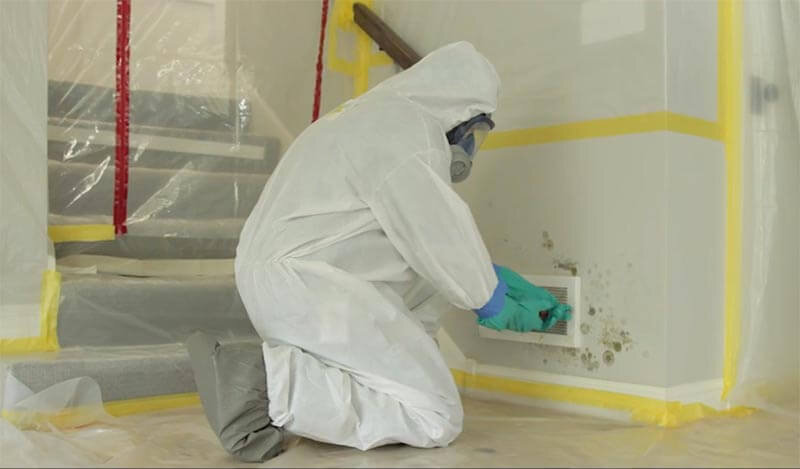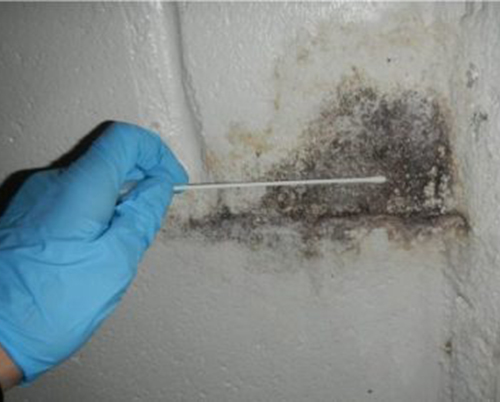Testing Air Quality After Mold Remediation
Testing Air Quality After Mold Remediation
Blog Article
Your Ultimate Overview to Article Mold Removal Methods
In the results of mold and mildew infestation, understanding how to properly get rid of the mold and prevent its reoccurrence is paramount for keeping a healthy and balanced indoor environment. From selecting the ideal cleaning and sanitizing approaches to applying strategies for lasting mold prevention, each action in the remediation trip plays a critical function in ensuring an effective end result.
Recognizing Post-Mold Remediation Refine
After finishing the mold removal process, it is important to recognize the post-mold removal techniques that are required to guarantee a complete and efficient cleanup. Once the mold and mildew has been eliminated, the following step includes cleaning and disinfecting the impacted locations to stop any kind of regrowth of mold and mildew. This consists of using specialized cleaning up agents to wipe down surface areas and kill any kind of continuing to be mold and mildew spores. It is vital to dry out the area completely to prevent the development of mold in the future (After mold remediation). Appropriate ventilation and dehumidification can aid in this process.
Moreover, conducting a final assessment post-remediation is important to make certain that all mold has actually been efficiently eradicated. This examination needs to include an extensive visual check along with perhaps air tasting to confirm the lack of mold and mildew spores in the air. Additional remediation may be required if the evaluation reveals any type of remaining mold. Finally, educating occupants on precautionary measures such as controlling dampness degrees and without delay dealing with any type of water leakages can aid maintain a mold-free environment.
Reliable Cleansing and Disinfecting Approaches

Avoiding Future Mold Development

Value of Correct Ventilation
Correct air flow plays an essential role in stopping dampness buildup, a key factor in mold and mildew growth within interior environments. Effective ventilation systems assist get rid of excess humidity from the air, reducing the opportunities of mold spores finding the moisture they need to spread out and germinate. Without adequate air flow, interior rooms can come to be a reproduction ground for mold, web causing prospective wellness threats and structural damage.
By ensuring proper air flow, air flow systems can also aid in drying out wet areas quicker after water damages or flooding cases, additionally preventing mold and mildew development. Post Mold remediation cleaning. In rooms like restrooms, cellars, kitchen areas, and attic rooms where moisture degrees have a tendency to be higher, installing and preserving efficient air flow systems is important in avoiding mold and mildew problems

Surveillance and Upkeep Tips
Offered the important duty that proper ventilation plays in avoiding mold and mildew growth, it is imperative to establish effective monitoring and upkeep ideas to make certain the ongoing functionality of air flow systems. Routine assessments of ventilation systems ought to be conducted to check for any kind of indications of clogs, leaks, or breakdowns that might restrain proper air flow. Tracking moisture degrees within the home is also crucial, as high humidity can add to mold growth. Installing a hygrometer can assist track humidity levels and sharp property owners to any spikes that might call for interest. Furthermore, making certain that air filters are routinely cleansed or replaced is important for keeping the effectiveness of the air flow system. Applying a routine for regular maintenance tasks, such as air duct cleansing and a/c system examinations, can help stop concerns before they escalate. By remaining mindful and positive to the condition of ventilation systems, home owners can efficiently reduce the danger of mold and mildew regrowth and preserve a healthy and balanced indoor atmosphere.
Conclusion
Finally, post-mold remediation techniques are crucial for making sure a safe and clean atmosphere. Comprehending the procedure, applying reliable cleaning and decontaminating methods, avoiding future mold development, keeping correct ventilation, and routine surveillance are all important steps in the remediation process. By adhering to these standards, you can effectively eliminate mold and mildew and prevent its return, promoting a healthy living or functioning room for all owners.
In the after-effects of mold invasion, understanding just how to properly eradicate the mold and prevent its reoccurrence is vital for keeping a healthy and balanced interior atmosphere. When the mold has been eliminated, the next step includes cleansing and sanitizing the affected locations to avoid any type of regrowth of mold and mildew - Post Mold remediation cleaning. After getting imp source rid of visible mold development, it is critical to clean all surface areas in the afflicted area to eliminate any staying mold and mildew spores. To additionally boost mold and mildew avoidance actions, it is necessary to address underlying concerns that initially led to mold and mildew advancement.Provided the vital duty that appropriate ventilation plays in protecting against mold growth, it is essential to develop effective monitoring and upkeep ideas to ensure the continued performance of air flow systems
Report this page